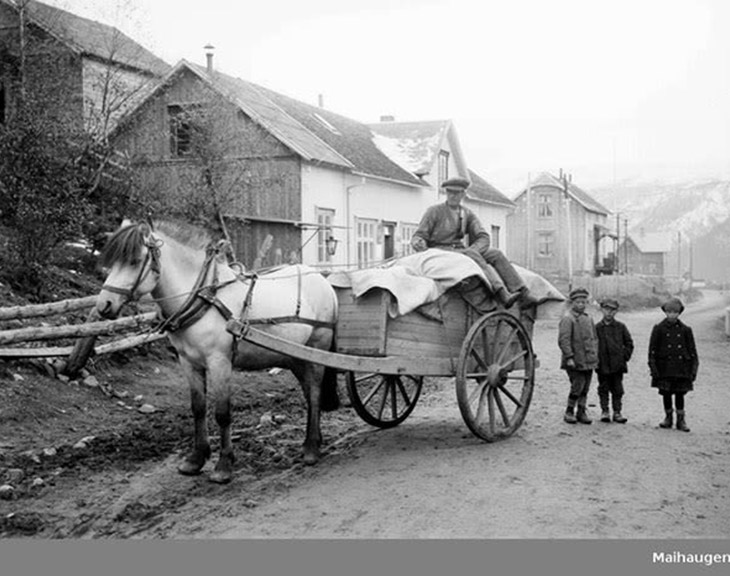THE LESS THE MERRIER
writer: Agata Mayer | images: Europeana

Comfort and functionality combined with intriguing design and need for space are
what Scandinavian style is about in the general opinion. It is defined by usefulness, durability, elegant modesty, and simple shapes inspired by the climate and natural environment of the North. How did the poor 19th century Scandinavian countries
grew to become the world's powerhouse of minimalist design?
The secret of that success lies in the ability to work together, prudent government policies, promotion of design as a lifestyle,
eagerness to welcome new ideas, and respect for the past. The focus was on a humanist approach to modernism, characterized
by practical functionalism and refined form. A product was meant as a tool to raise the standard of living. In Scandinavia,
owning beautiful and luxurious things is not considered a measure of social status. Instead, modesty is held in high esteem,
according to the rule that the less, the better. This is why lavish furnishings are regarded as bad taste. The Scandinavians
have a knack for creating spaces with multiple functions, choosing the right proportions, inventing new uses, and blending
different styles together. Each item is supposed to have a purpose and fit a certain role. Few are aware, however, that Scandinavian
homes earned international acclaim not because of their minimalist and practical qualities, but rather owing to warm
appearance, contrasting colors, and folk inspired decoration. Scandinavian minimalism has become a definition in its own right. It surfaced in the 1950s, marking the start of the golden age
of design and masterful craftsmanship. But before that was possible, specific processes had to happen at the meeting point of such
fields as history, culture, Scandinavian identity, social changes, industrialization, and rural population migration. The inhabitants
of Northern Europe cherish living in accordance with nature. Local fashion and architecture reflect this with numerous motifs that
represent the eco friendly and recycling focused Scandinavian lifestyle. The world of nature provides countless inspirations thanks
to the multitude of forms, shapes, patterns, and colors.
Scandinavian minimalism is also a modern way to get rid of the mindless and aggressive consumerism. It is a philosophy meant to optimize one's surroundings so that nothing draws attention away from the down to earth essentials that answer to real human needs.






Images
Europeana
Article was published in the 17th issue of Label Magazine.







